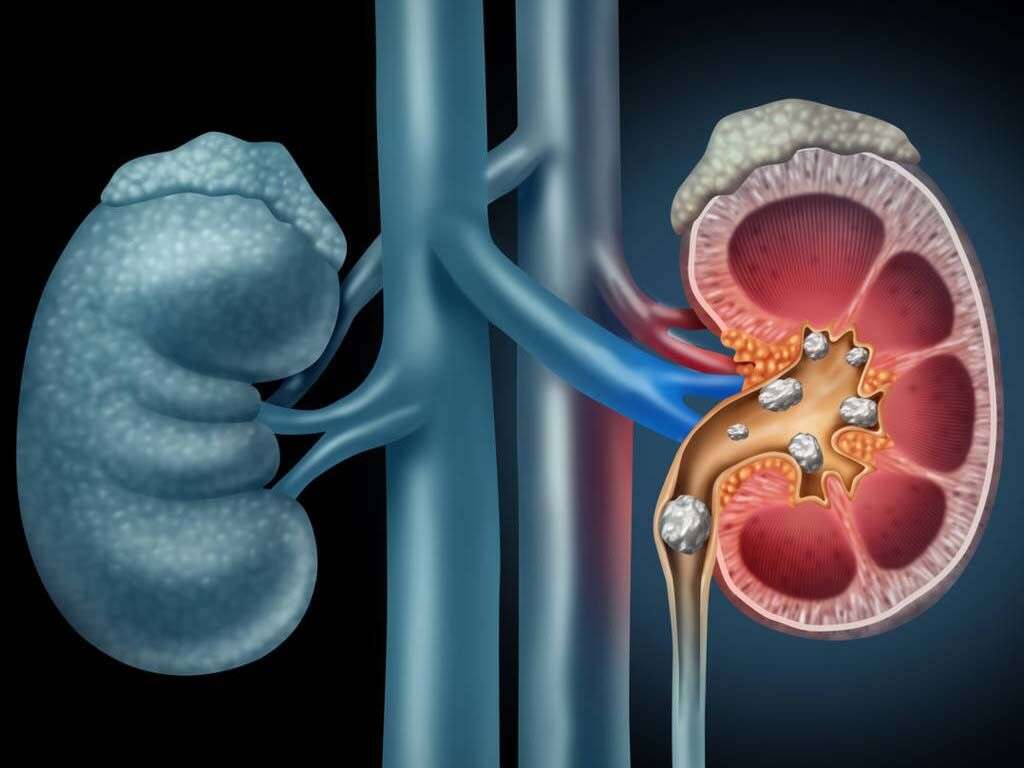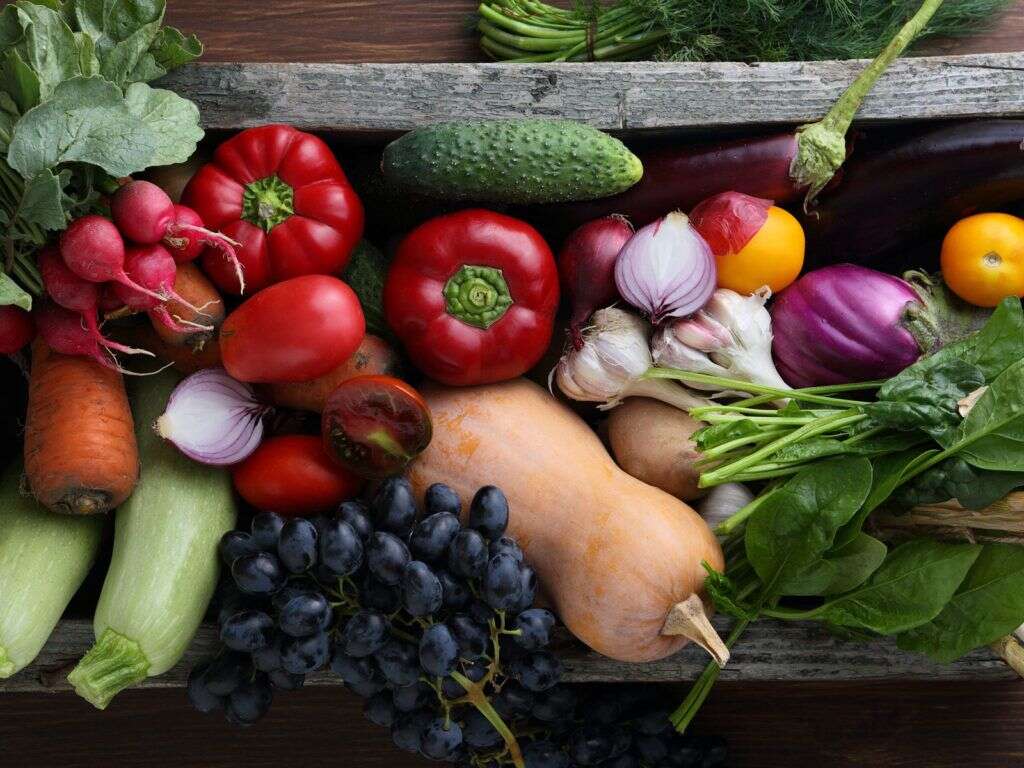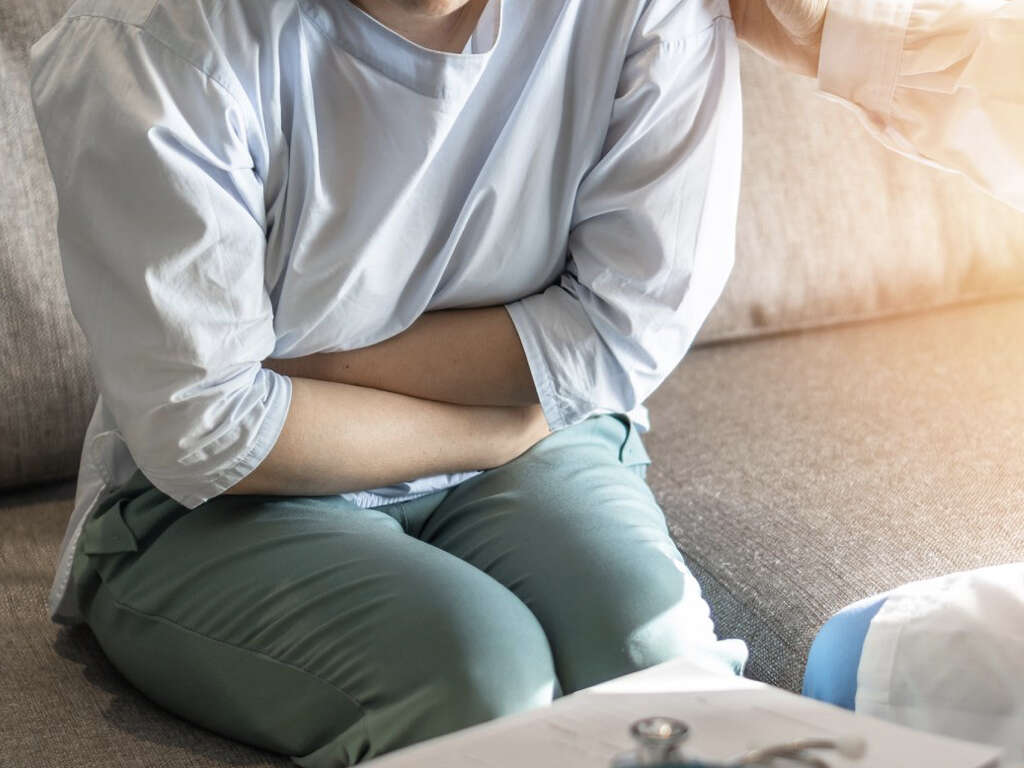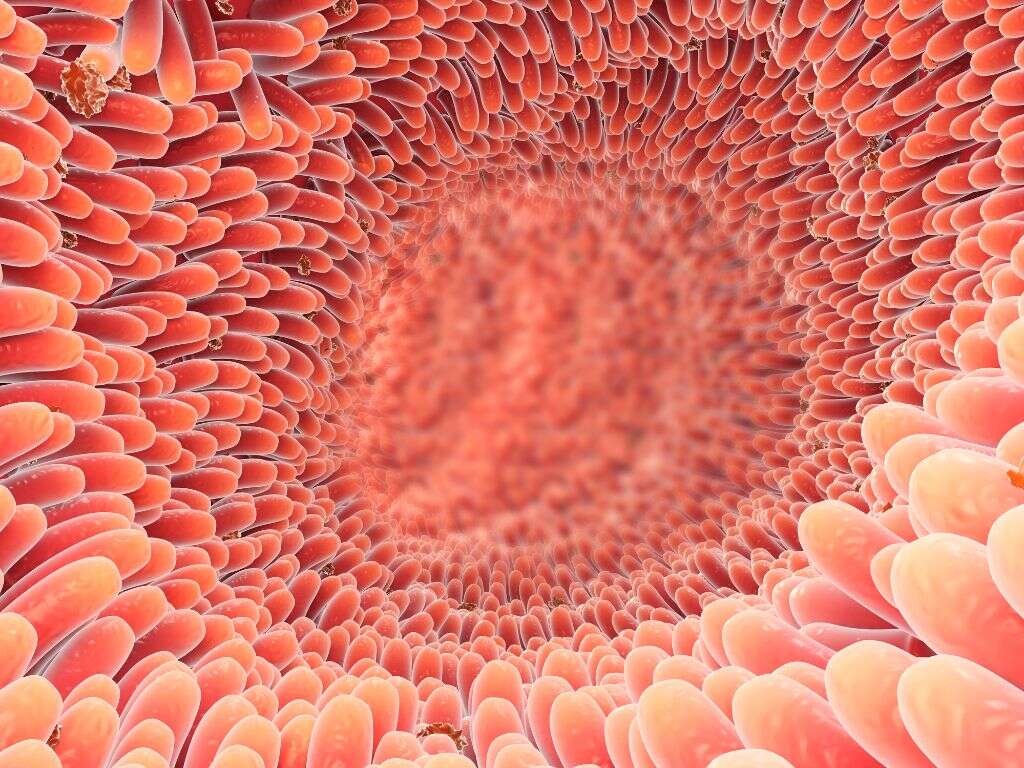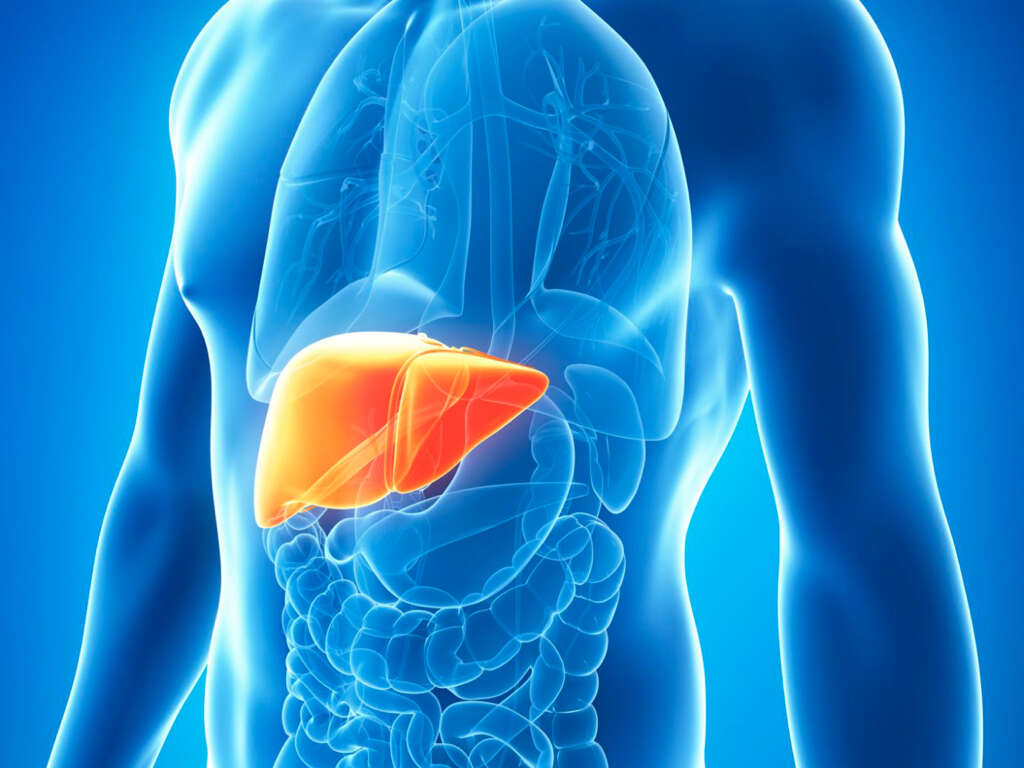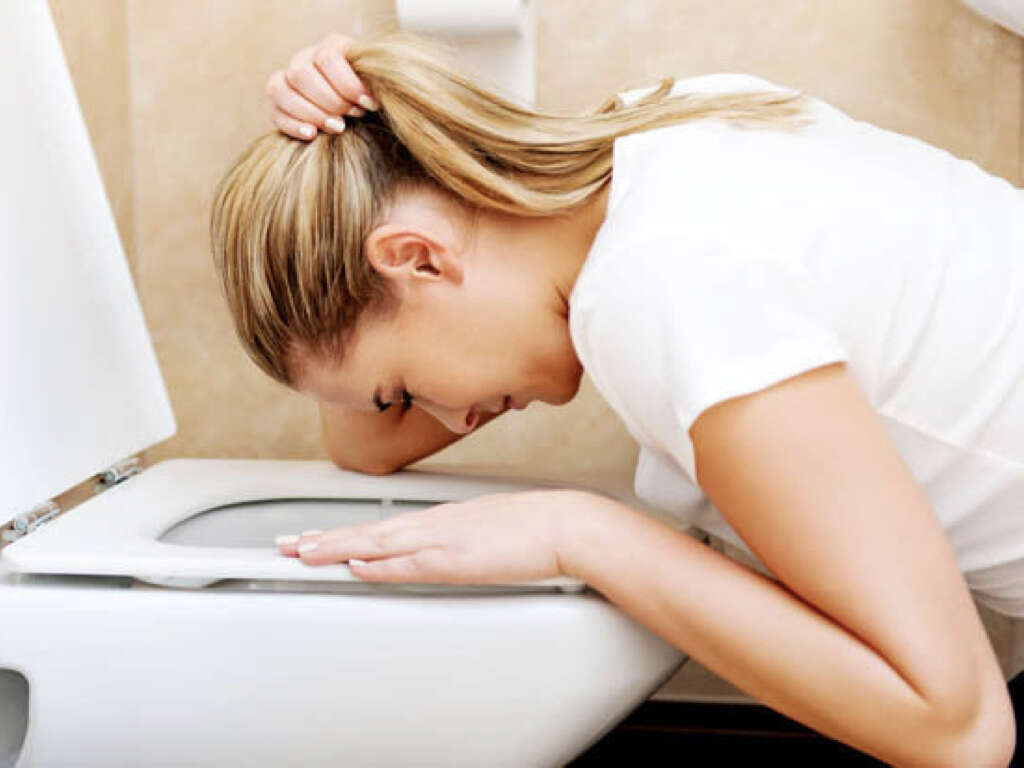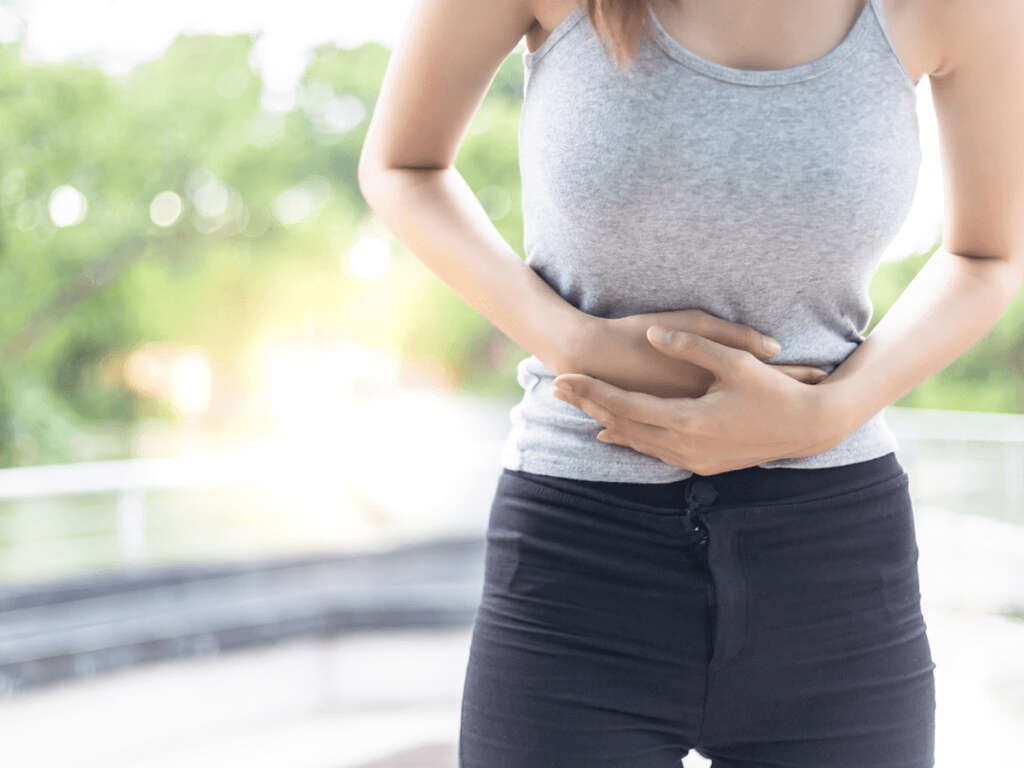What Is Choledocholithiasis?
Our gallbladder is an organ that is used to store a digestive substance known as bile. This substance helps us to break down fatty foods. When it is needed, it passes from the gallbladder and into the small intestines via a tube known as the bile duct. It is important that this tube remains clear.
Choledocholithiasis is a condition where gallstones have made their way into the bile duct. In some cases, this will block the passage of bile through the bile duct, and this can cause us a number of problems. Choledocholithiasis is not necessarily a dangerous condition, and is treatable, but it will sometimes develop into something more serious.
1. Choledocholithiasis?
Gallstones are hard lumps that are usually made of cholesterol, and some other substances, that form in the gallbladder. They are often quite harmless and will not usually need to be treated. They will cause problems in some cases, however, one example of which is choledocholithiasis.
Many gallstones will end up leaving the gallbladder, making their way through the bile duct and into the small intestine. Having gallstones in the bile duct will cause problems in some cases, however, in a condition known as choledocholithiasis. The condition can cause some very unwelcome symptoms, and it will also be dangerous in some cases.
2. Causes
As mentioned, choledocholithiasis is a condition where there are gallstones in the bile duct. There are two main types of gallstones that can be found. These are pigment gallstones, and cholesterol gallstones, and there are different potential underlying causes associated with each type.
Pigment stones, which are made mainly from bilirubin, are the rarest type of gallstone. These are associated with certain blood disorders, cirrhosis, and infections. As the name suggests, cholesterol stones are made mostly from cholesterol. These are far more common. Cholesterol stones are associated with high levels of cholesterol, low levels of bile salts, and high levels of bilirubin.
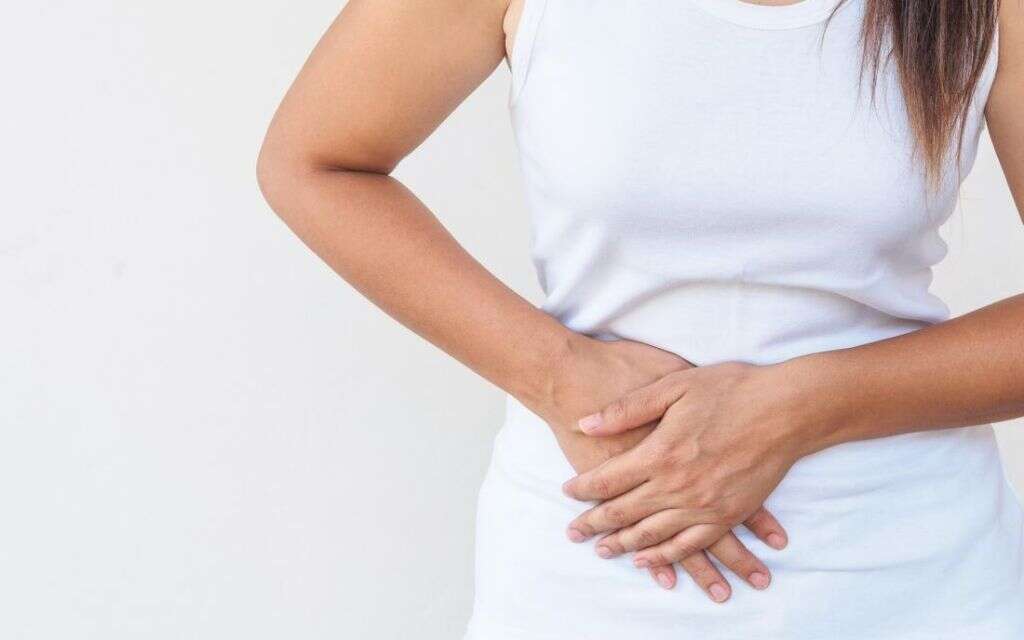
3. Symptoms
Many people with choledocholithiasis will experience no symptoms for months, or even years. Despite having gallstones in the bile duct, the bile can often still flow freely to the small intestine. When the stones do cause a blockage, however, then problems can begin to develop.
Typical symptoms of choledocholithiasis include a pain in the upper right part of the abdomen. The pain can go from being barely noticeable, to being agonizing. In some cases, the pain might even cause the condition to be mistaken for a heart attack. Other symptoms of the condition include a loss of appetite, jaundice, fever, nausea and vomiting, and stools that are clay colored.
4. Acute Cholecystitis
In addition to the symptoms already mentioned, choledocholithiasis will also sometimes lead to some potentially serious complications; one of which is acute choledocholithiasis. This is where the bile duct has become permanently blocked, and this can cause an infection and inflammation.
Acute cholecystitis will cause some very unpleasant symptoms indeed. This includes jaundice, a rapid heartbeat, and a fever. It can also lead to problems like peritonitis, which is an inflammation of the abdomen’s lining. It can also lead to empyema of the gallbladder, which is a severe abscess on the organ. It is a condition that will be a medical emergency in many cases.
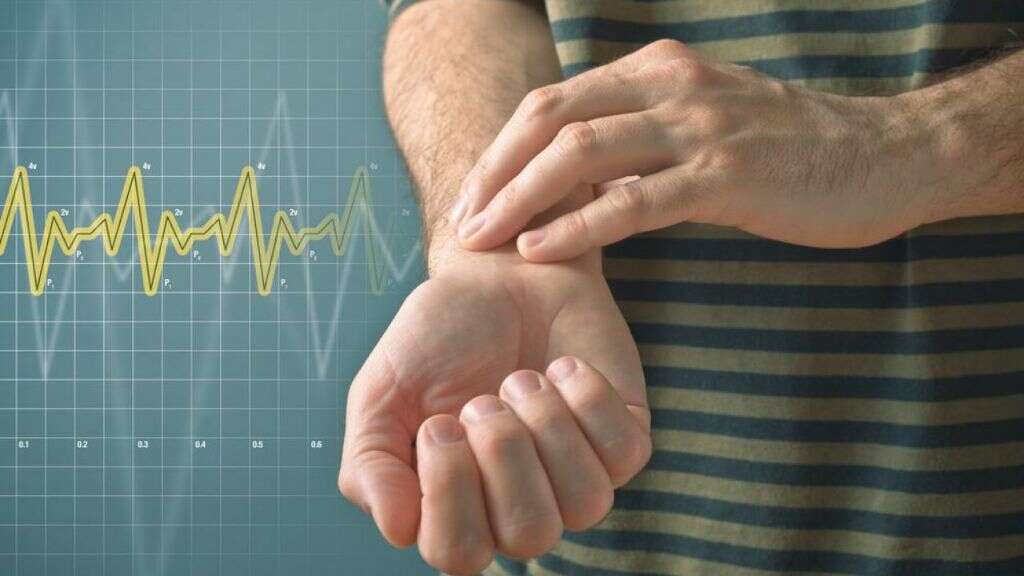
5. Cancer
Choledocholithiasis can result in complications that themselves result in damage being caused to the bile duct. Damage to the body’s cells will develop into cancer in a small number of cases, so choledocholithiasis will sometimes be the underlying cause of cancer.
Gallbladder cancer is thankfully a rare disease, with only around 1 in 10,000 people with a history of gallstones developing it. However, of all the people that have gallbladder cancer, around 4 in 5 have had gallstones at some point. Treating cancer is easier and more effective if it is caught early so it is advisable to get regular check-ups.
6. Acute Cholangitis
Choledocholithiasis can cause the bile duct to become blocked altogether. This can cause bacteria to begin to accumulate in the bile duct, and this can result in an infection in the duct. This is a condition known as acute cholangitis, and it has the potential to be quite serious.
Acute cholangitis will cause a number of symptoms, include jaundice, a high fever, and chills. A pain in the abdomen area is also common, and this pain can travel towards that patient’s shoulder. Other symptoms include malaise, and confusion. It is a condition that requires medical attention as soon as it has been detected.

7. Who’s at Risk?
Certain people are at a higher risk of developing gallstones than others are, meaning they are also more likely to develop choledocholithiasis. One factor is age, and older people are more likely to have them than younger people are. Women are also more likely to develop gallstones, as are people from certain ethnicities.
There is also thought to be a genetic connection behind many instances of gallstones. Other factors include obesity, high calorie and fat diets, and a lack of activity. People that fast for prolonged periods are also at a higher risk, as are people who lose weight rapidly.
8. Diagnosis
If a doctor suspects a case of choledocholithiasis then they will likely want to request some tests. These tests are largely aimed at trying to identify gallstones in the bile duct. The tests will typically include a transabdominal ultrasound that will help to provide an image of the bile duct, as well as other organs and tissues in the area.
Endoscopic retrograde cholangiography is another test that can help find gallstones, and an endoscopic ultrasound is another potential method. A type of X-ray known as a percutaneous transhepatic cholangiogram will sometimes be used, as will a type of MRI known as a magnetic resonance cholangiopancreatography. Abdominal CT scans are another method that can be used.
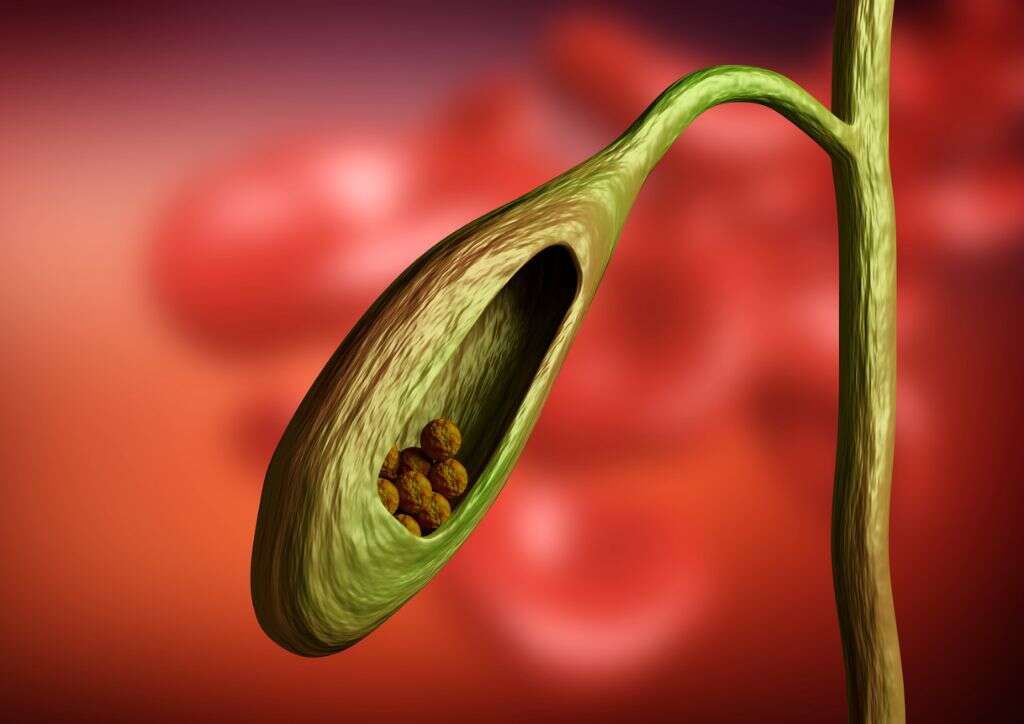
9. Prevention
There is no sure way to completely prevent gallstones from developing. However, as mentioned, some people are far more likely to develop them than others are. This includes people that have already had gallstones in the past. Even having the gallbladder removed does not preclude people from developing the stones.
If you want to lower your risk of getting gallstones, then you may need to make some lifestyles changes. Eat fewer saturated fats and make sure to get more fiber in your diet. Even moderate exercise can also make a big difference in helping to reduce the likelihood of gallstones developing.
10. Treatment
Treating choledocholithiasis tends to involve removing the gallstones from the bile duct. This usually involves a method known as biliary endoscopic sphincterotomy. Here, a device is inserted into the duct which is then used to remove the stones from the bile duct. Another option is lithotripsy, which tries to break up the stones so they can pass through themselves.
In some cases, it may be recommended to have the gallbladder removed altogether. This has little to no impact on the patient overall as we can survive without the organ. Alternatively, stents may be inserted to help keep the bile duct sufficiently wide enough.



